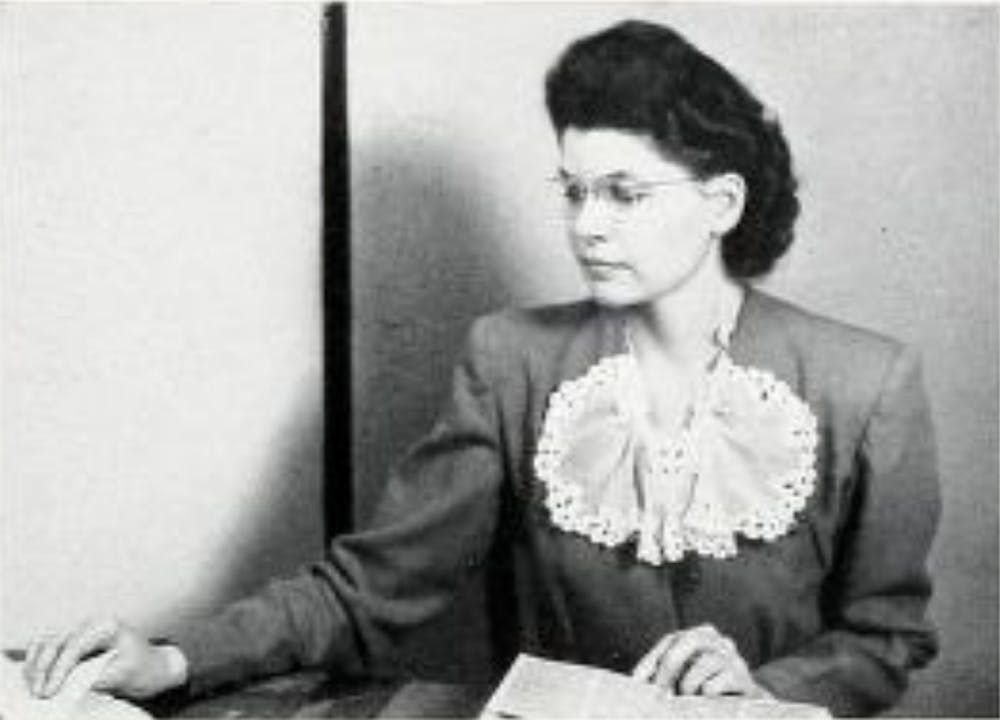“March, march, many as one. Shoulder to Shoulder and friend to friend.” from “The March of the Women” by Ethel Smyth (1914)
Think back to your high school history class.
In the dreaded lists of names and dates, you probably memorized the names of a handful of women. Perhaps you wondered why only a few women’s names made it on to the list. While women can and do thrive as hierarchical leaders (e.g. dictators, presidents, etc.), many women prefer a participatory leadership style, which tends to be more democratic and team-oriented.
However, even the way that we present the history of women as leaders and change-makers tends to emphasize stories of single leaders, pioneering a new path alone. While those stories are true, the preponderance of women’s history is formed from stories of groups, teams, friendships and sisterhoods of women who worked together to create change.
Take for example, Sarah and Angelina Grimke, sisters who were abolitionists and women’s rights advocates in the 1830s — decades before the traditional start of the women’s rights movement. While they each might have made their mark individually, together they were able to blaze a trail that other women would follow throughout the rest of the 19th century. They recorded a number of “firsts” for women and they were able to do it because they had the moral support from their bond as sisters.
But that’s only one example. When women were becoming active in the abolitionist movement in the 1830s and 1840s, they did it not by following one leader but by joining together in “Female Anti-Slavery Societies” in cities across the U.S. These groups of women raised money, hosted speakers, wrote pamphlets and petitions and influenced the voting men around them.
The pattern continues to hold in the early days of the formal women’s rights movement. Famously, the idea for the first women’s rights convention at Seneca Falls, New York in 1848 was first imagined by five women meeting together at Jane Hunt’s house to talk about women’s rights. Popular sources call this meeting a “tea party,” but while tea likely was served, the women weren’t giggling over fine china and dress up dolls. They were serious enough to inspire Elizabeth Cady Stanton to draft the “Declaration of Sentiments” a few days later — one of the founding documents of the women’s movement.
The battle for the right to vote was fought by teams and partnerships of women. Elizabeth Cady Stanton and Susan B. Anthony worked together to be public faces of the movement. Alice Paul had a team of 1,000 “Silent Sentinels” who picketed the White House for 18 months — when they weren’t in jail organizing hunger strikes. Ida B. Wells formed partnerships with a variety of other women, including social reformer Jane Addams, to fight against racial injustice, specifically lynching, in the U.S., as well as advocate for voting rights for Black women.
In the 1970s and 1980s, both conservative and liberal women joined up in their separate camps to battle over the Equal Rights Amendment. For as much as the historical narrative emphasizes a few specific names such as Phyllis Schlafly, Gloria Steinem, Bella Abzug and Shirley Chisholm, the lived reality for those women was that they were part of groups and teams of equal women working toward common goals.
The pattern comes a little closer to home in our own Taylor history. In a somewhat notorious incident in 1950, professors Grace Olson (History) and Hazel Butz (English) together stood up to the university president Clyde Meredith in order to support Dean Milo Rediger. Olson, Butz and Rediger were all fired and the head librarian Alice Holcombe also resigned in protest. When the president was fired in 1952, Olson, Butz, Rediger and Holcombe all returned to Taylor. Tom Jones remembers that the strong influence of Olson and Butz-Carruth was still present when he arrived as a freshman in 1967.
Sometimes, you need to step out as an individual to stand up for equality and justice, but women’s history shows us the power that comes from friendship, teamwork and joining together.




